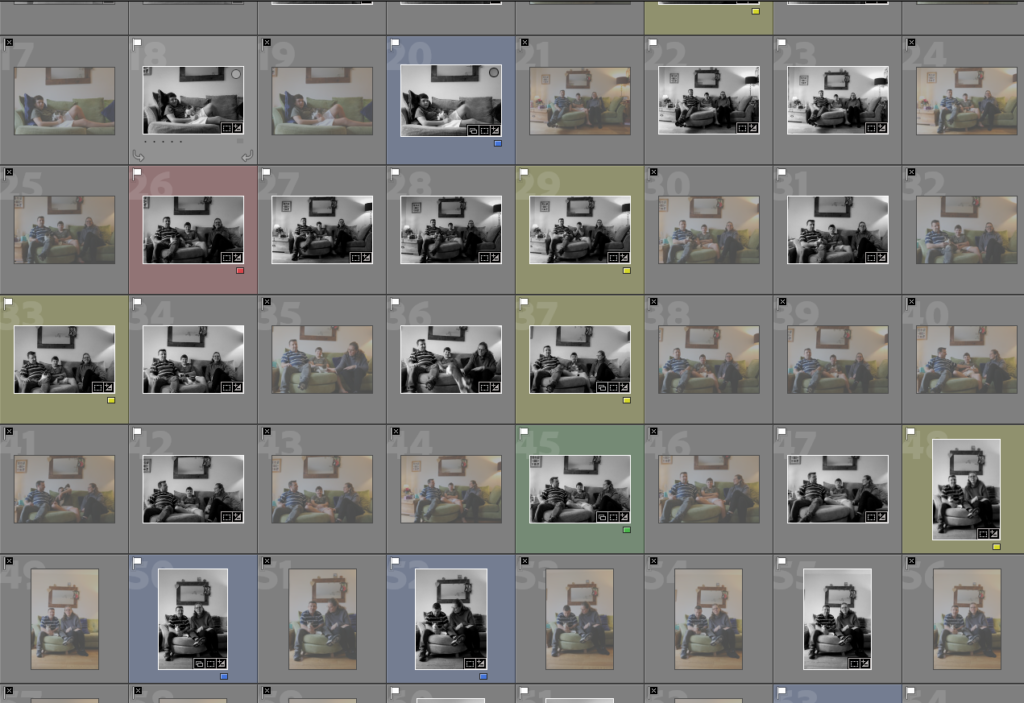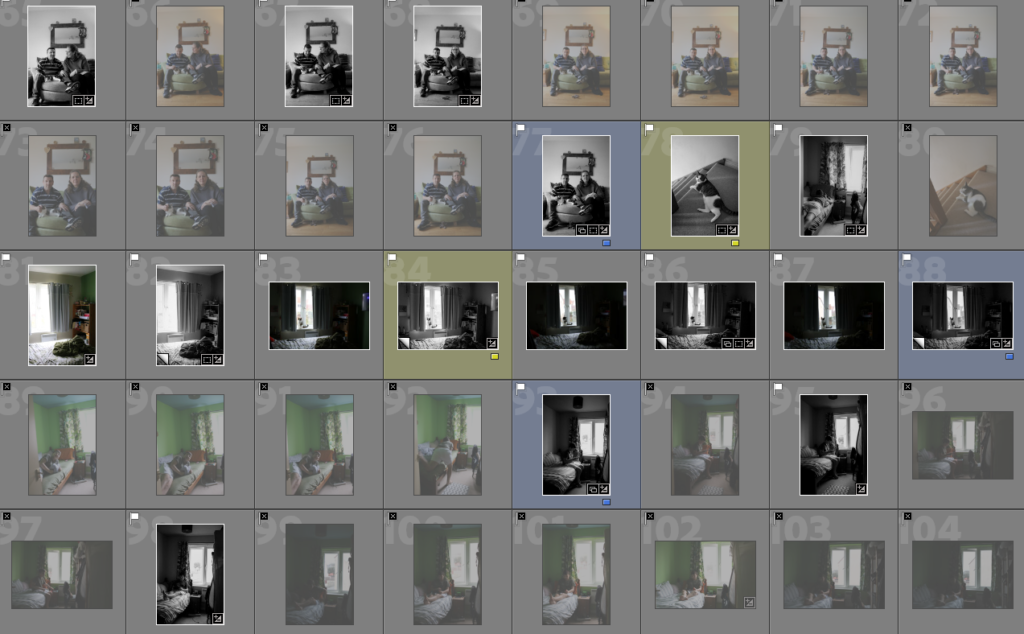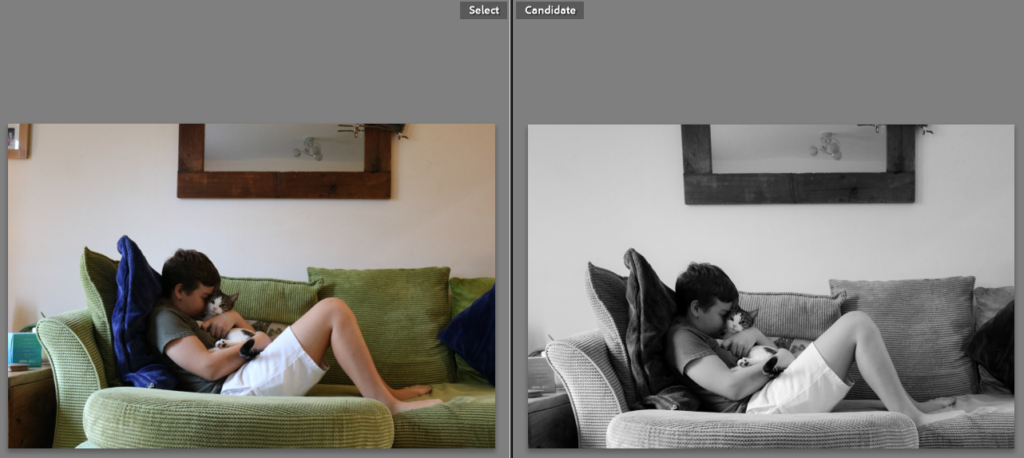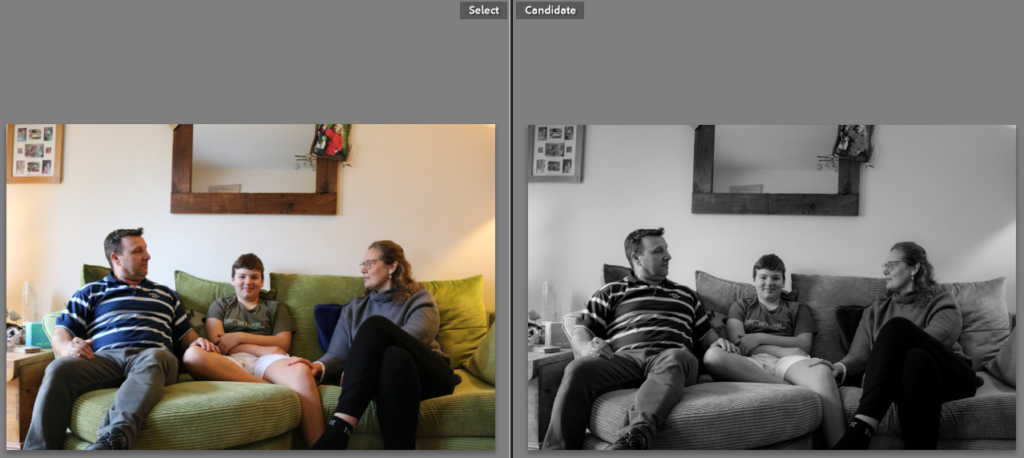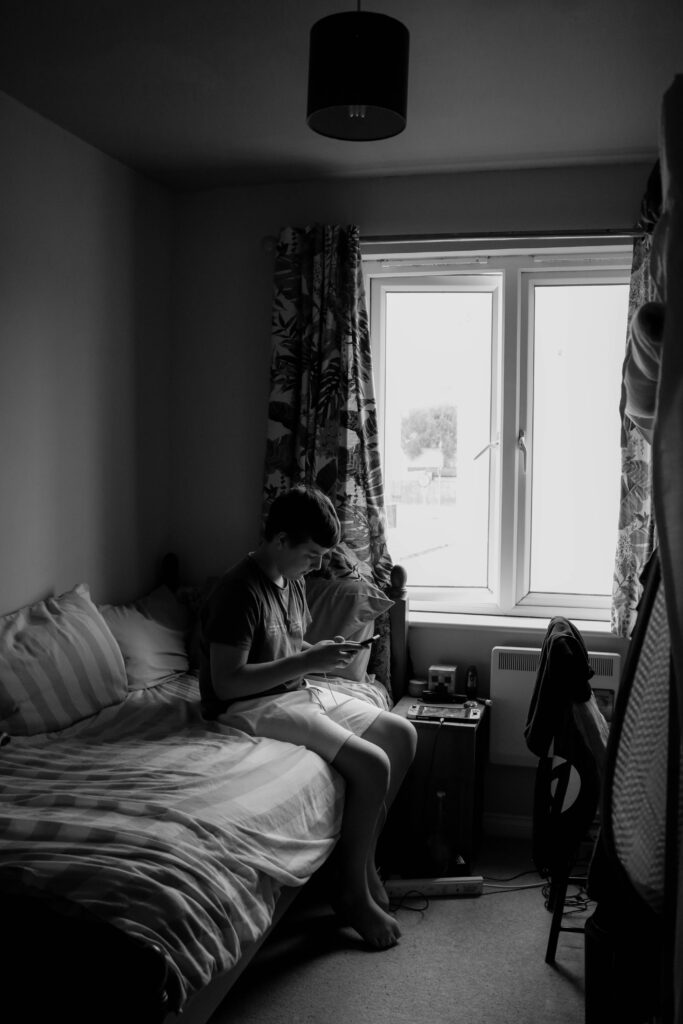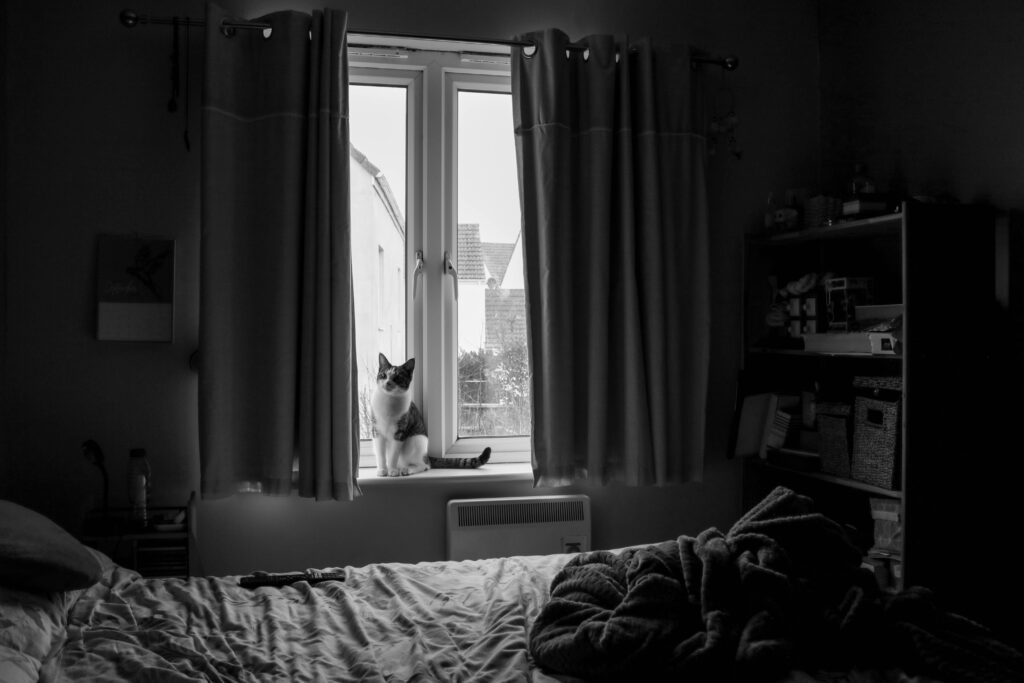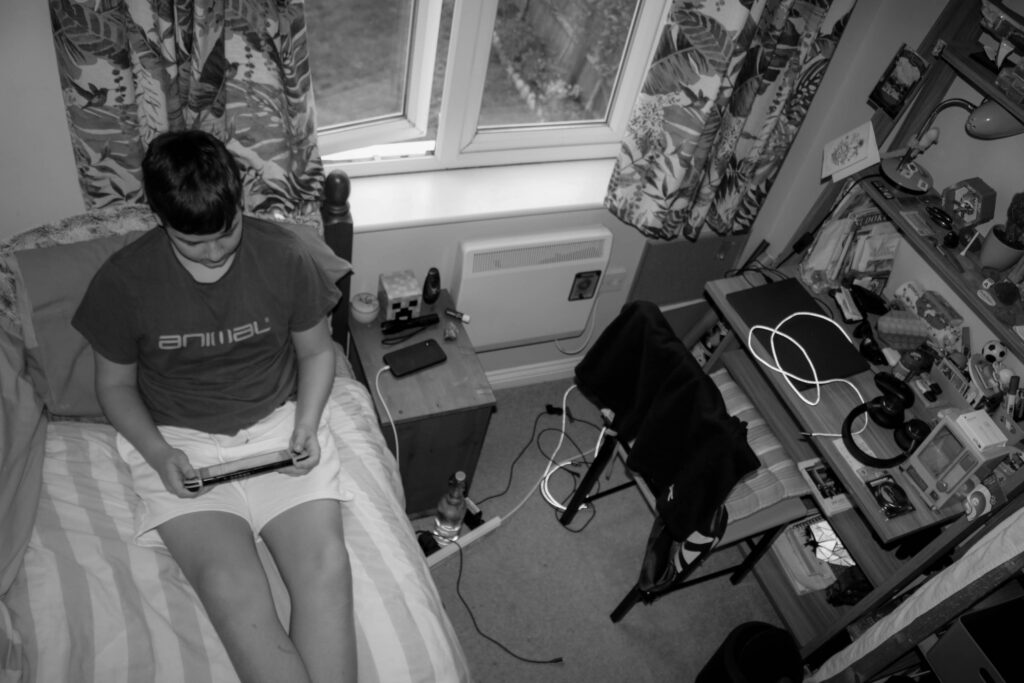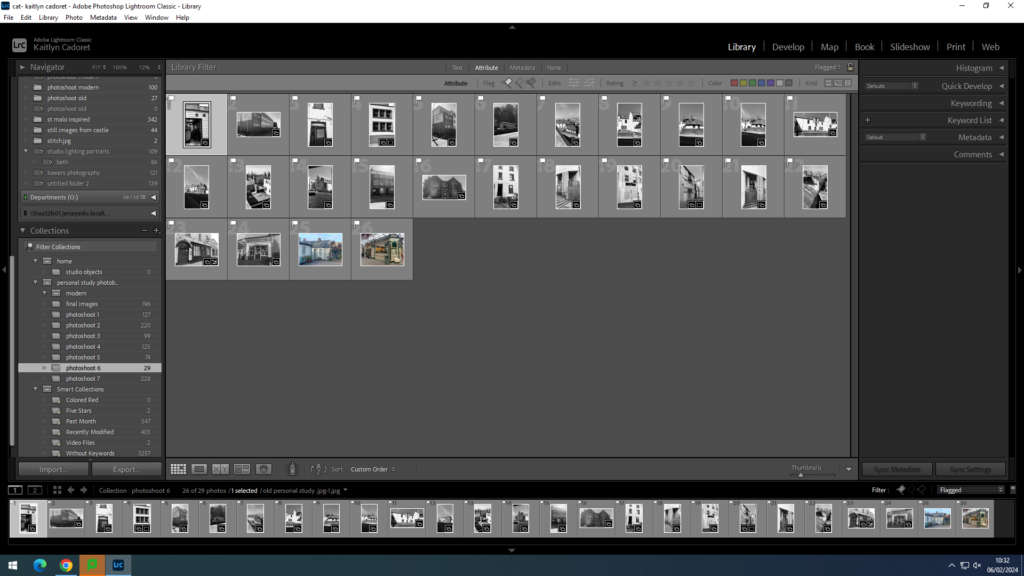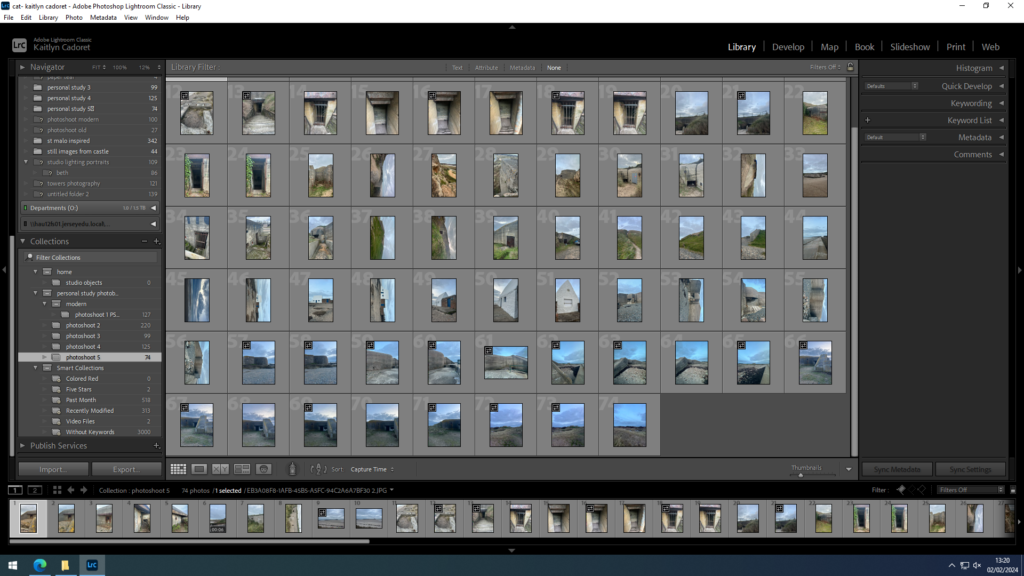Essay Plan
Make a plan that lists what you are going to write about in each paragraph
- Essay question:
How does Mitch Epstein express the notion of family and relationships in his work?
- Opening quote
- Introduction (250-500 words): What is your area study? Which artists will you be analysing and why? How will you be responding to their work and essay question?
- Pg. 1 (500 words): Historical/ theoretical context within art, photography and visual culture relevant to your area of study. Make links to art movements/ isms and some of the methods employed by critics and historian.
- Pg. 2 (500 words): Analyse first artist/photographer in relation to your essay question. Present and evaluate your own images and responses.
- Pg. 3 (500 words): Analyse second artist/photographer in relation to your essay question. Present and evaluate your own images and responses.
- Conclusion (250-500 words): Draw parallels, explore differences/ similarities between artists/photographers and that of your own work that you have produced
- Bibliography: List all relevant sources used
Bibliography
Surname of Author first (year of publish), title, city, publishing house
Epstein M. (2003), Family Business, Göttingen: Steidl.
In text reference –
“The business of family can never be separated from a family business” (Epstein, 2003: 11)
- Research and identify 3-5 literary sources from a variety of media such as books, journal/magazines, internet, YouTube/video that relates to your personal study and artists references .
- Begin to read essay, texts and interviews with your chosen artists as well as commentary from critics, historians and others.
- It’s important that you show evidence of reading and draw upon different pints of view – not only your own.
- Take notes when you’re reading…key words, concepts, passages
- Write down page number, author, year, title, publisher, place of publication so you can list source in a bibliography
Bibliography
List all the sources that you have identified above as literary sources. Where there are two or more works by one author in the same year distinguish them as 1988a, 1988b etc. Arrange literature in alphabetical order by author, or where no author is named, by the name of the museum or other organisation which produced the text. Apart from listing literature you must also list all other sources in alphabetical order e.g. websites/online sources, Youtube/ DVD/TV.
Quotation and Referencing:
Why should you reference?
- To add academic support for your work
- To support or disprove your argument
- To show evidence of reading
- To help readers locate your sources
- To show respect for other people’s work
- To avoid plagiarism
- To achieve higher marks
What should you reference?
- Anything that is based on a piece of information or idea that is not entirely your own.
- That includes, direct quotes, paraphrasing or summarising of an idea, theory or concept, definitions, images, tables, graphs, maps or anything else obtained from a source
How does Mitch Epstein express the notion of family and relationships in his work?
“The business of family can never be separated from a family business.” (Epstein, M., 2003: 11)
Introduction
Family and relationships are very often explored within photography, but certain artists, like Mitch Epstein, explore these themes slightly differently. For example, Epstein explores family through discussing his father’s family business and what he does, using stills from interviews, archival material and more. This is how I will be exploring these themes throughout my personal study; I was particularly interested in Epstein’s project Family Business as my family own a local bakery named ‘Vienna Bakery’. I will be exploring how the business came into my family and how it has been a large part of my life growing up leading me to have a lot of nostalgia surrounding the bakery. Most of my family have at some point worked in the bakery, proving Epstein’s comment to be true, that “the business of family can never be separated from a family business” (Epstein 2003: 11). Epstein chose this project in 1999 when he returned to his hometown of Holyoke, Massachusetts, to record the demise of his father’s two businesses—a retail furniture store and a low-rent real estate empire. The resulting project assembled large-format photographs, video, archival materials, interviews and texts written by Epstein. The book, Family Business, combined all these elements together to tell a story. This piece of work was specifically interesting to me as Epstein provides context into the background of his father’s company and his life growing up around a family business, which made me feel as though I could personally relate to it even though it’s two completely different companies.

P.g 1
Documentary photography is used in nearly all of Epstein’s projects and is usually executed in a similar manner within his work. Documentary photography took the idea of telling a story with a picture to another social level however discussing the photojournalistic style is very problematic because trying to offer a single definition of the term is difficult as every photograph is in one sense or another a ‘document’.” Using this phrase, Epstein’s images of his father’s business could be read as ‘documents’. Epstein himself has said in an interview that the cinema has a significant influence on his work, showing his love of storytelling through the medium of photography. This is showcased in all of his work, but it is especially prominent in the project that I am exploring in this essay, Family Business, a multiple media project, where he uses photographs, video, archival material, interviews, storyboards, and a personal essay to document his father’s life through work. He uses this photojournalistic book to question how the ‘American Dream’ went awry. Epstein also studied photography under Garry Winogrand at the Cooper Union in New York. In my opinion, this is where Epstein is influenced by Winogrand’s street photography style. This influence can be seen in his project The City. Within Winogrand’s work, there is also a slightly performative style that can be seen in a lot of his images which can also be seen in some of Epstein’s work, for example, his projects Recreation and Common Practice, which is a technique that is rarely seen in the documentary photography genre. During an interview where he speaks about the project, he says “To me, the key challenge was to find the balance between being honest, very forthright, and direct with the work, and at the same time allowing it to be personal,” in my opinion, he uses this balance of the two to create his narrative from both a photographer’s and a family member’s perspective, using the sensitivity of a family member and the bluntness of a professional photographer.
P.g 2
Using Abigail Solomon-Godeau’s academic paper Inside/Out, I will be looking at whether Epstein is an insider or an outsider while exploring his father’s business during the making of Family Business. When hearing that it’s his father’s business, you would assume that he’s looking at it from an insider’s perspective, but I think that there may be certain things that he’s looking at from a distance and this could be because at this point of his career, he had been travelling and had missed out on a lot of the events that had occurred to cause the downfall of his father’s business. In Inside/Out Solomon-Godeau says “The insider position – in this context the “good” position – is thus understood to imply a position of engagement, participation and privileged knowledge”. (Solomon-Godeau, A. (1995), Inside/Out: 49) In my opinion, this is seen in Family Business, Epstein got to photograph and film his father talking with tenants who were leaving the apartments, or telling those who refused to leave to get out of the building. If someone else other the Epstein did this as an outsider, he or she would probably be refused access as Epstein’s father would show his vulnerability or trust the image maker. He is also privileged enough to be able to photograph certain staff members that he probably would have grown up knowing and they would’ve felt comfortable and trusted him enough to be in front of the camera for him. However, Solomon-Godeau also says “the outsider’s position, is taken to produce an alienated and voyeuristic relationship that heightens the distance between subject and object.” (Solomon-Godeau, A. (1995), Inside/Out: 49) In Family Business this can first be seen in the way that Epstein photographs and films the tenants’ interactions with his father without knowing who they are and what their situations may be which gives him a voyeuristic view. The second way he has an outsider relationship with the subjects in the project is by recording the success and downfall of the town of Holyoake where his father’s business was located. Although it was the town in which he grew up, he had moved away to do his photography studies quite young so, in my opinion, a lot of the town and a lot of the people living there would have been foreign to him. I think that in his project Family Business, Epstein is both an insider and an outsider, but primarily an insider, considering the project documents his father’s business. In Andy Grundberg’s review of the project, he says “But here the artist works from the inside out; having left Holyoke to pursue his career as an artist decades earlier, he can be unsparingly frank about his parents, brother and aunt without glossing over the horror he feels about what has happened to them and to his hometown.” (Grundberg, A. (2003)), I think that this solidifies my previous point of Epstein being both an insider and an outsider within his project Family Business in saying that he can be “unsparingly frank” about his family’s point of view but also has to be careful what he says about his hometown that he had moved out of years earlier.

P.g 3
The way in which Epstein creates the narrative of his project can be seen as quite untraditional, instead of using the images, footage, text and archive material to create a linear storyline, he uses all of these to form a disorganised story, showing his ability to tell and create a narrative even if it’s not in a so-called traditional sense. Telling a story with pictures is an old device and Epstein helps give the idea a new meaning and helps make it more modernised than it once was. Within the media of still-images, he presents the different aspects of the business through, portraits, still-life images and images that would be classed as landscapes. Within the layout of the book, he presents all of these in a sort of mix-and-match way, making it seem as though he hadn’t pre-planned what order he would put the images in and just did it spontaneously. These mixed in with the interview footage with his mother and father, the footage of his father talking and having disagreements with the tenants and the material that he uses from the business’ archives, create a recognisable narrative without realising it. In contrast to Mary-Ellen Mark, who uses a linear narrative in her project Streetwise to help the consumer empathise with the homeless girl she is photographing, Epstein could possibly be using a nonlinear narrative to present the chaos that would have been happening in his family’s life at the time of the business’s demise.

Conclusion
In conclusion, Mitch Epstein’s project Family Business explores family and relationships in many different ways using many different methods to do so. Using a documentary approach to his photography, he explores his father’s relationships with different people involved in the business like the tenants of the apartments, different employees and even police officers who get involved in the conflicts between Epstein’s father and the tenants. He also explores how, over the years, the business has impacted his family, more specifically his mother who he does numerous interviews with. In his storytelling technique, he uses flashbacks throughout the book, going against most narrative photographers’ traditional linear narrative. Epstein is privileged enough to explore the business from a mostly insider perspective, making the trust and relationships with different subjects in the project stronger and more authentic. Overall, through Epstein’s work, I have been able to explore my own family’s business history in depth, and learn about how family affects, interacts with and influences a family business, whether it’s consciously or not. I hope that my images inspired by Epstein’s project will represent the business well and help other people understand how family businesses work.











